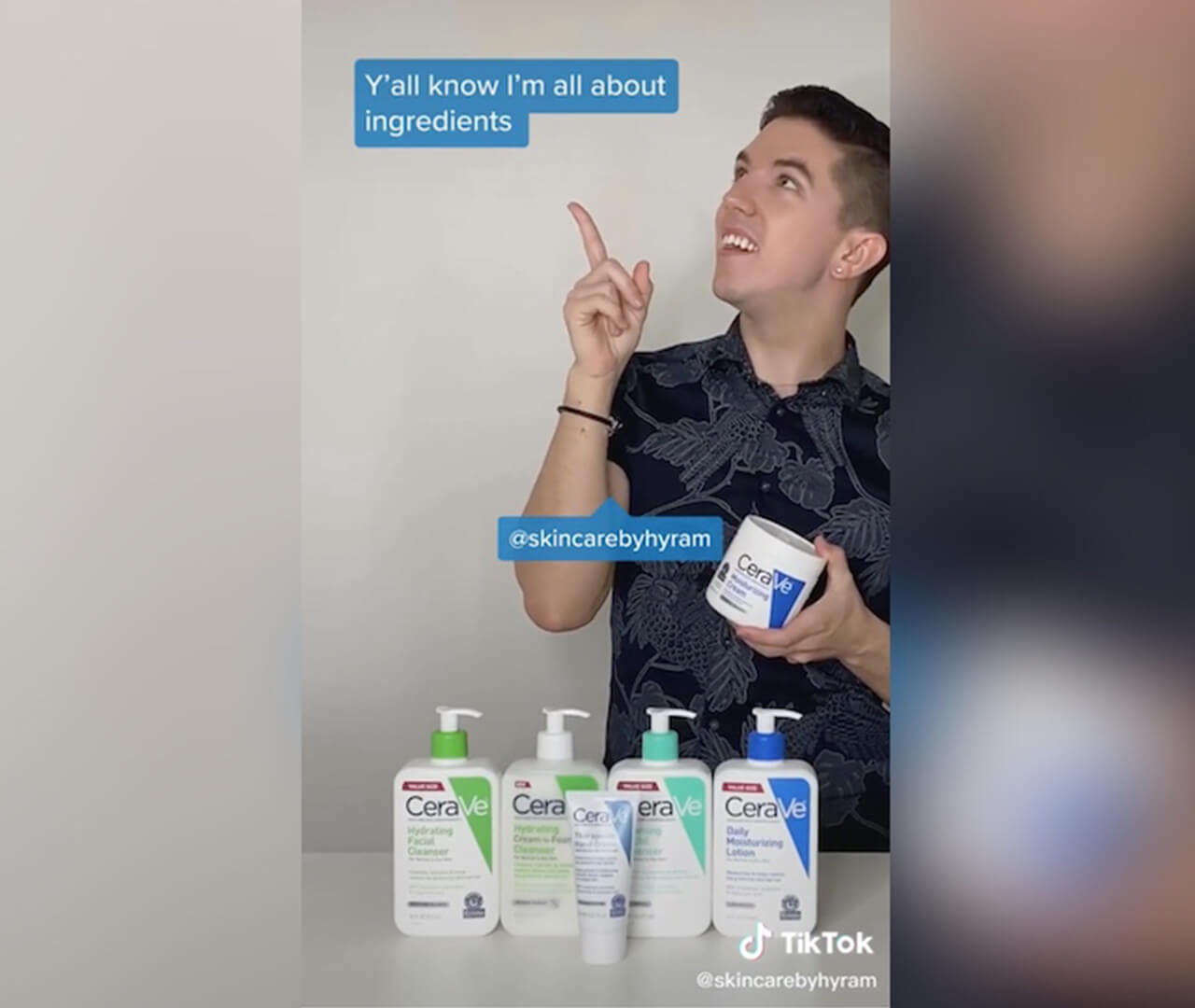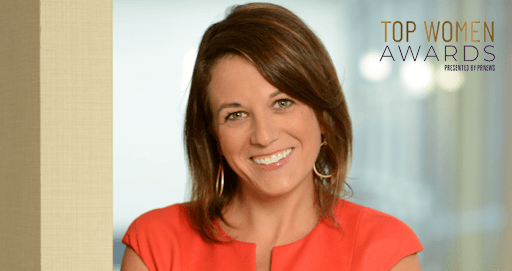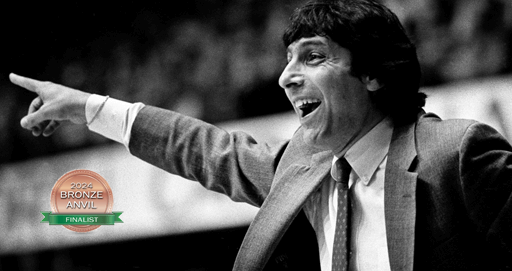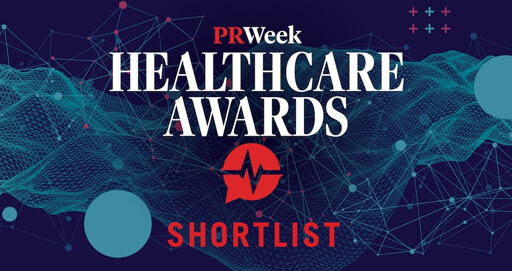Coyne PR client CeraVe became a Gen Z cult favorite last year after TikTok influencer Hyram Yarbro began raving about the company’s skincare products to his 6.8 million followers. He became a brand partner.
The year 2020 marked the emergence of the at-home economy, with the COVID-19 pandemic forcing consumers to retreat into their homes so they could stay safe and healthy.
With that, consumer habits and priorities shifted. People traded going out and having experiences at in-person events for DIY projects, home organization, cooking proper meals and trying their hand at baking bread.
PR plans had to switch to meet consumers where they were.
“That has changed the way we plan, think and how we structure our teams so we are able to find opportunities and jump much faster versus having an annual marketing plan,” says Amy Colton, president, North America at Current Global. “Those are not existent anymore.”
LaForce president Olita Mills says her agency had to figure out innovative ways to engage people and get them to experience products in their home environment.
“Brands started figuring out what they can do there to create more memorable moments, experiences and traditions,” says M Booth’s chief creative officer and MD Adrianna Bevilaqua.
Because many retailers temporarily or permanently closed their brick-and-mortar stores due to the coronavirus, Americans spent $791.7 billion during 2020 on e-commerce, up 32.4% from 2019, according to U.S. Census Bureau data.
To stand out in the e-commerce space, brands found ways to make things more personalized and convenient, says Mills.
Louis Vuitton created LV by Appointment, a shopping experience that includes a traveling capsule store curated for personalized selection that carries the brand’s signature leather bags, shoes, accessories and jewelry all from a chic mobile trailer.
Brands also had to strike the right tone. Initially, many opted for brand anthems with messaging around coming together. There were endless commercials with montage videos of people working from home and “making it all work,” notes Bevilaqua.
Once that had its moment, more brands opted for “COVID levity,” Bevilaqua says, with “brands trying to make people laugh or entertain them around the idea of staying at home.”
For example, Orbit Gum in partnership with ICF Next launched a Parent Sitter program in the fall to help millennials and older Gen Zers who had moved back in with their parents during the pandemic to date in peace.
“By leaning into a real-world truth and relevant dating insight, the brand was able to break through with media and consumers, and create authentic conversations during a time when dating seemed to be most difficult for many,” says Nissa Hanna, partner, brand strategy, ICF Next.
Most importantly, the pandemic gave brands the opportunity to use their power for good.
Hunter client Vera Bradley began manufacturing more than 5 million cotton face masks to help protect essential workers and the general public and raised more than $630,000 for the American Nurses Foundation, says Hunter CEO and partner Grace Leong.
“The pandemic has caused companies and brands to take a step back and look inward and think about whether they’re articulating who they are and what they stand for in the best way,” explains Colton.
Reaching editors and influencers
PR people also had to contend with major changes to the media landscape in 2020, as thousands of media workers experienced furloughs, pay cuts or layoffs.
“Reporters are our key gatekeepers for a lot of the work we do, so the layoffs there changed how we need to think about business and communicating to consumers,” says Day One Agency cofounder and CEO Josh Rosenberg. “So we have gone direct to consumer in many cases, helping our clients to build and foster a community on their own channels.”
Short-form video is one area Day One started investing in last year, as more clients turned to platforms such as Instagram Reels, TikTok or YouTube to reach consumers.
PR pros who didn’t want to bypass the media had to figure out how to take what would have been traditionally an experiential event and turn it into a virtual event that editors would want to attend.
“Editors are busy, so we are figuring out ways to make these virtual events more personal and exclusive, or with top-tier talent making it much bigger so that the people attending get the value out of it,” says Rosenberg.
Day One client Motorola had to turn an in-person event into a virtual one when it relaunched the 5G Razr flip phone with a virtual film premiere for Joyride with Ozark actress Julia Garner. It personalized the experience, sending customized gift boxes to guests in advance. More than 75 journalists and influencers attended the virtual event and it was covered by more than 20 top-tier fashion and lifestyle publications.
“That would have been a large event in New York or Los Angeles, and we were able to make it completely virtual, turn it into something that was global and give media and influencers attending something that was unique to them and piqued their interest,” says Rosenberg.
Virtual events are here to stay, says Coyne PR EVP Lisa Wolleon. From a client perspective, they are cost-effective; and from a media standpoint, they are time effective.
For Current Global, virtual events saw better turnout, with a higher quality of media outlets attending.
Social media platforms have also adapted to consumers being at home.
TikTok was the most-downloaded app of 2020, followed by Facebook, WhatsApp Messenger and Zoom, according to analytics firm App Annie.
“TikTok’s not just for 15-year-old girls anymore,” says Colton. “It’s crossing demographics now. Being stuck at home has made TikTok popular among the older set.”
Coyne PR client CeraVe, a 15-year-old brand known for its affordable cleansers, moisturizers and lotions, became a cult favorite in 2020, thanks to the power of TikTok. User Hyram Yarbro (@skincarebyhyram), who has 6.8 million followers, raved about the product to his fans. This boosted sales of the product and caused it to sell out at a few retailers.
“He elevated the brand with the Gen Z audience, which the brand had not previously looked at,” says Wolleon. “Because he was such a brand advocate, we approached him and he became a brand partner for us.”
Brands moved beyond ‘hashtag activism’
For the past decade, millennials were the buzzy demographic brands honed in on. But over the last 12 months, Generation Z has become a prime target, say PR pros.
“What they look for in brands and how brands market to them is so different than previous generations; for them, it’s more about authenticity,” says Wolleon. “They are not about showing off. The experience they have is more about what they learn from it and how it affects their future.”
In 2020, Gen Zers heightened their expectations for how brands show up in the world. This demographic wants brands to use their influence, resources and voice to fight for changes in the world in relation to racial inequality, ecojustice, healthcare and getting people to sign up to vote, says Hanna.
A study last June by YPulse found that following the killing of George Floyd, 69% of millennials and Gen Zers think brands should be involved in the #BlackLivesMatter movement.
A number of brands immediately made donations to the #BlackLivesMatter movement, including Target, Walmart and Facebook. But consumers expect brands to go beyond what Mills calls “hashtag activism” or simply using a hashtag or donation to support something.
Brands need to continue to give proof points of their commitment, be transparent and show internally and externally what they care about, says Colton.
One brand that took a strong stance in the midst of the BLM movement was Chipotle, which launched Roundup for Change, a permanent program giving every digital customer the opportunity to round up the cost of their order to support the National Urban League and support social justice across the nation. So far, the program has brought in $1.4 million in donations.
“We have learned how being culture-worthy, quick and nimble breaks through,” says Rosenberg of Day One’s work on that program. “When something is culture-worthy, it becomes press-worthy.”



